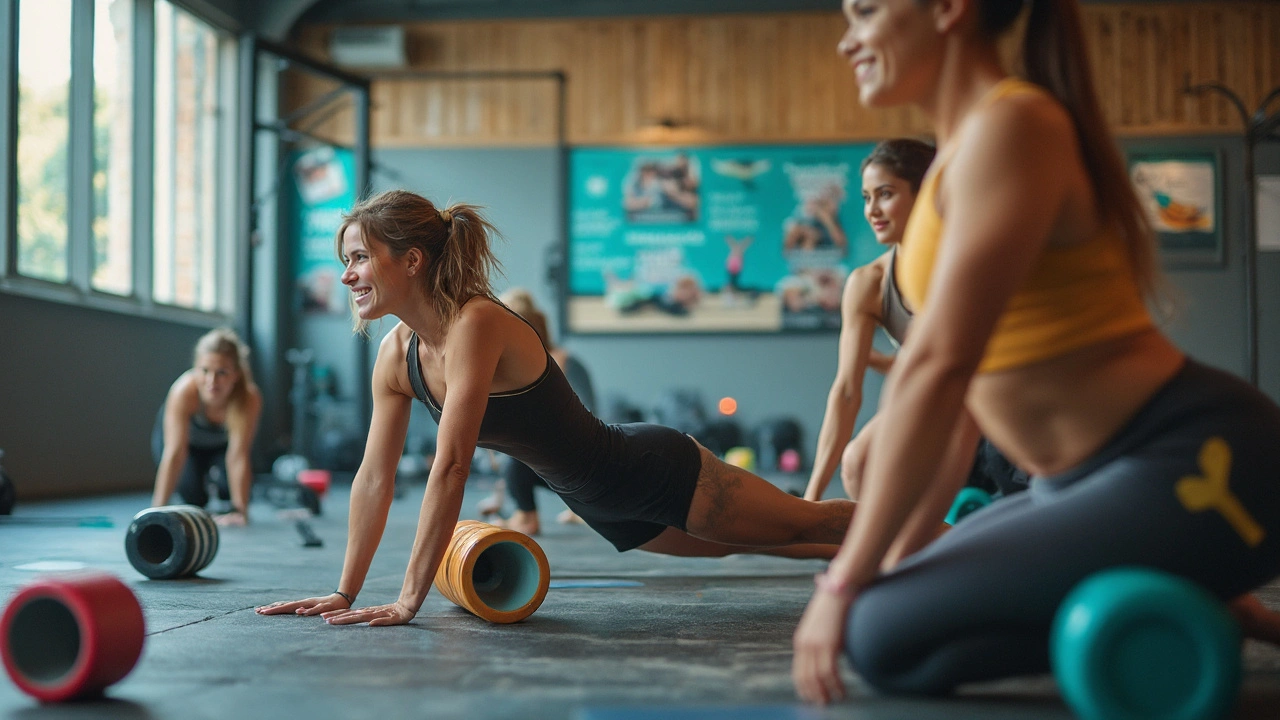Massage therapy helps people feel better fast. It reduces muscle tightness, eases stress, and can improve sleep. Athletes use it for recovery; office workers use it for neck and shoulder pain. If you're curious about what works and how to choose a therapist, this page pulls the basics together so you can make smart decisions.
Massage lowers muscle tension and can reduce pain after injury or hard workouts. It often eases stress by slowing your breathing and lowering stress hormones. Regular sessions can help you move better, sleep deeper, and manage everyday aches. Many readers find it a practical tool alongside exercise, stretching, and simple lifestyle changes.
Swedish massage is gentle and good for relaxation or first-time clients. Deep tissue targets tight areas and works well for chronic muscle knots. Sports massage focuses on recovery and injury prevention for active people. Trigger-point therapy zooms in on specific painful spots. Lymphatic drainage helps swelling after surgery. Prenatal massage reduces pregnancy-related back and hip pain. Pick the style that matches your goal: relax, recover, or treat a specific issue.
How to pick a therapist: check state licensing and ask about experience with your issue. Tell the therapist about past injuries, medications, and any surgeries. Ask for a clear plan: number of sessions, what to expect, and how they will adjust pressure. If you prefer modesty or specific draping, say so up front. Good communication prevents surprises and makes the treatment safer.
Simple self-care you can do at home: use a foam roller for sore quads and calves, and a tennis ball against a wall for tight shoulders. Try 30 seconds of focused pressure on a knot, breathe slowly, then release. Stretch gently after a session to keep gains. Cold packs help acute swelling; heat eases older muscle stiffness. A short breathing exercise—inhale for four, exhale for six—reduces tension right away.
When to avoid massage: skip it if you have a fever, an active infection, visible skin issues, uncontrolled blood pressure, or signs of a deep vein clot. If you had recent surgery or are on blood thinners, talk to your doctor first. If something feels wrong during a session, stop and speak up.
Read more on related topics here: "Sports Massage Techniques" for active recovery, "Natural Relaxation Techniques for Soothing Anxiety" for calming tools, and "Find Calmness: Therapeutic Benefits for Mind and Body" for broader mental health strategies. Explore those posts to match a massage plan to your needs.
If you want help checking benefits, contact your TRICARE rep or review your plan before booking. Massage can be a useful tool—used carefully and paired with other healthy habits, it helps you move, sleep, and feel better.
Frequency depends on your goal: one session every two weeks can help general tension; weekly visits suit injury recovery or chronic pain. Keep a short log of pain and mobility after each session so you and your therapist can track progress. Small, consistent steps pay off.

Dive into the world of sports massage therapy and see how it can seriously improve recovery, prevent injury, and make workouts a lot more rewarding. This article covers what sports massage actually does for your body, the best techniques, the science behind its effectiveness, and ways to use it in your daily routine—even if you’re not a pro athlete. With firsthand tips and simple advice, you’ll learn how small changes can bring major results to your fitness journey. Find out the truth about sports massage, backed by real facts and easy-to-follow ideas.
Read More